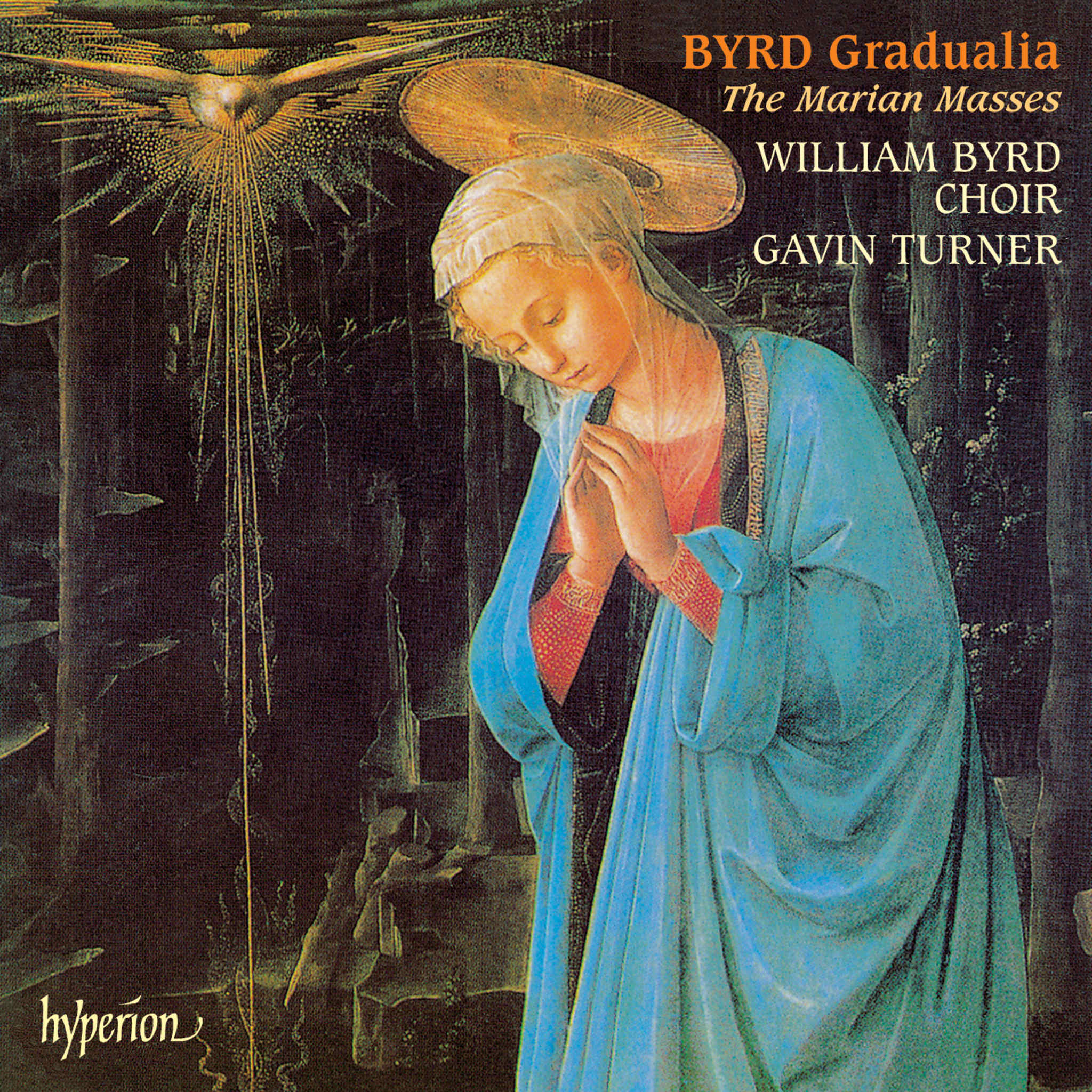Album insights
Antoine Brumel (ca. 1460–1512/13) is primarily celebrated for his work on the renowned "Earthquake Mass" known as Missa Et ecce terrae motus, featuring a twelve-part setting that stands out for its vitality, rhythmic intricacies, and repeated small motifs. Despite this well-deserved fame, his other compositions are underrepresented in contemporary catalogs. Brumel's unique approach to vocal ensemble treatment, emphasizing rhythmic unity and intricate layering of rhythms, sets him apart from his peers, granting his compositions a distinct character. While his works may at times appear rhythmically complex, showing a lyrical depth as seen in pieces like Agnus Dei from the Missa de beata virgine and the motet Beata es, Maria, aligning well with the spiritual sensibilities of his contemporaries.
Like many church musicians of his era, Brumel served primarily as a singer, transitioning later into roles as a schoolmaster and eventually a priest. He held various positions at Chartres Cathedral and Laon from 1483, followed by service at Notre-Dame in Paris until leaving due to administrative disputes in 1500. Brumel's extensive résumé includes appointments in Genf, the Savoy court in Chambéry, and Ferrara, where he earned a significant sum annually. Post 1510 chapel dissolution in Ferrara, he likely settled in Mantua, with a speculated presence at the 1513 Papal coronation of Leo X, though doubts loom on his actual attendance due to potential decease by then.
Brumel's Christmas motet Nato canunt omnia stands out as a remarkable piece from the late 15th and early 16th centuries, showcasing the aesthetic of Varietas notably represented by Johannes Tinctoris (1435–1511). The work intricately weaves multiple texts simultaneously, as evident in the Cantus firmus aligning with the main motet text, resulting in a harmonious Christ's birth announcement across all voices.
The motet Beata es, Maria deviates by drawing inspiration from the Lauda spirituale genre, popular across Italy from the 13th to the 16th century, integrating themes from older works by Loyset Compère and Jacob Obrecht. Notably published in the same volume as Brumel's piece in 1505, this motet highlights a fusion of French-Flemish counterpoint and melodious Italian polyphony, evident in its contrasting duets and spiritual resonances.
The sequence, Lauda Sion salvatorem, a post-Tridentine Council-approved hymn, offers a profound take on the sanctity of the Host, emphasizing a nuanced interplay between polyphony and the original chant. Brumel reinterprets the sequence by infusing distinct textures, tonal shifts, and emotive phrasing, capturing the essence of spiritual contemplation.
Ave caelorum domina, featured in Petrucci's Motetti C (1504), serves as a culmination of harmonious interplay and homage, showcasing Brumel's prowess in imbuing textural variety to evoke reverence and devotion. Through intricate duets, polyphonic expansions, and contemplative transitions, the composer weaves a profound tapestry of praise and spiritual reflection.
The Missa de beata virgine is regarded as one of Brumel's late masterpieces, aligning with Marian mass traditions albeit with personalized settings for the Kyrie, Gloria, Credo, Sanctus, and Agnus Dei. Brumel's commitment to the Cantus firmus technique pervades the entire polyphonic structure, exhibiting rhythmic dynamism and intricate harmonic interplays characteristic of his style. The Mass's interplay of diverse rhythmic patterns and emotive musical textures creates a vibrant musical tapestry, culminating in profound spiritual reverence and musical dynamism throughout its sections.
By utilizing a diverse array of rhythmic structures and harmonic patterns, Brumel's compositions exhibit a rich tapestry of tonal shifts, rhythmic innovations, and melodic variations, underscoring his distinctive approach to music composition. His intricate interplay of voices, rhythmic complexities, and innovative melodic variations reflect a masterful fusion of Renaissance musical aesthetics and spiritual depth.


